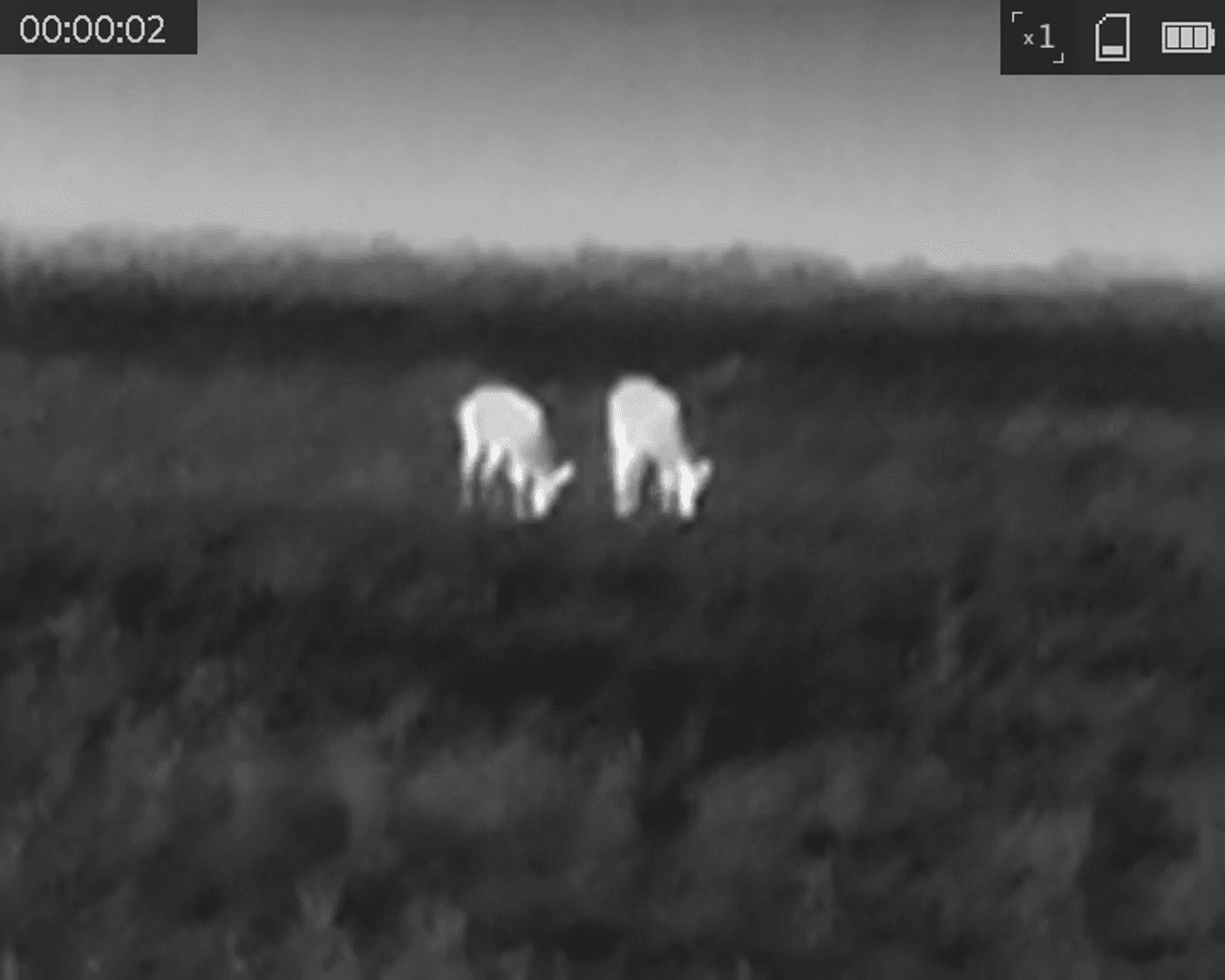
Saskatchewan taking steps to control wild boars and feral pigs Increasing feral pig surveillance and eradication efforts, along with declaring them a regulated pest, are proactive measures to help ensure the health of both the agriculture industry and the natural environment in Saskatchewan,” Agriculture Minister David Marit said in a release Wednesday. “These are substantial steps that improve risk management and protect the resilience and security of our agriculture industry, which is a critical component of our provincial economy.”
Post: 17 September 20:27
















































